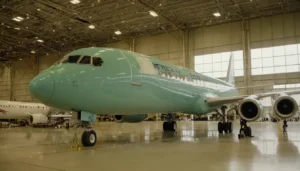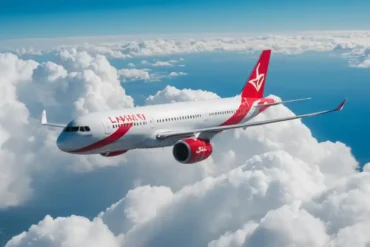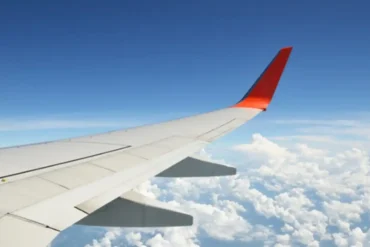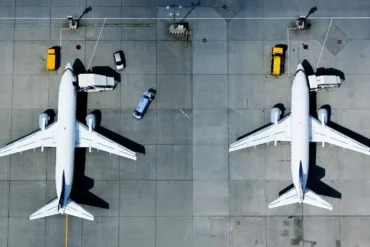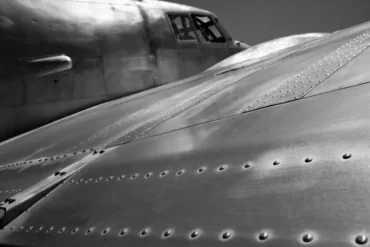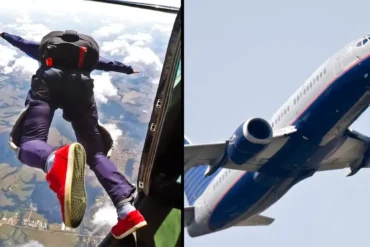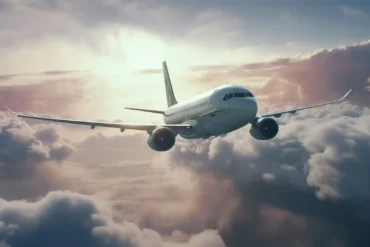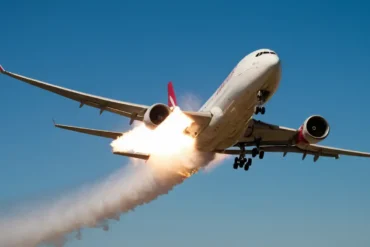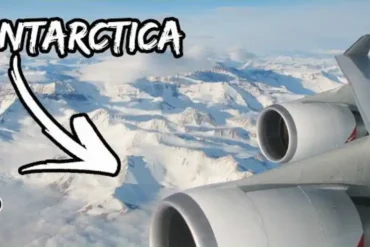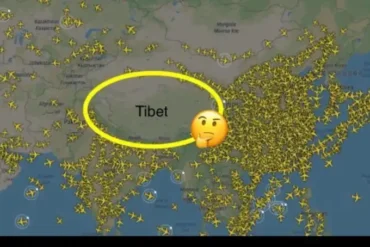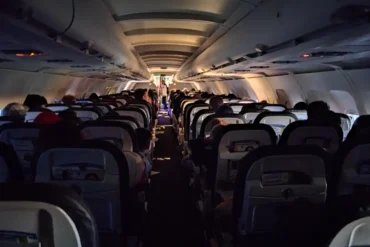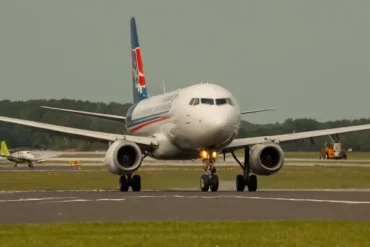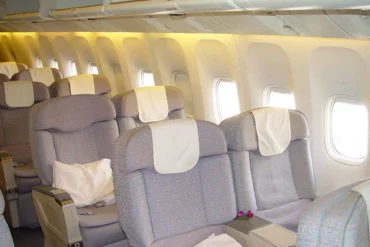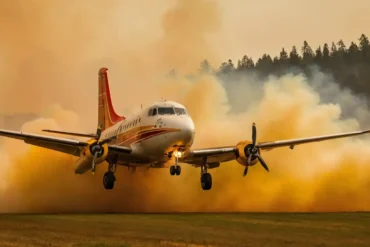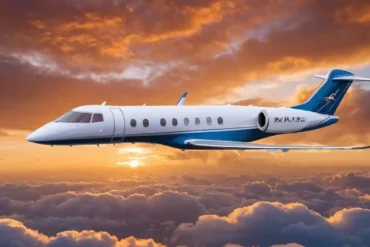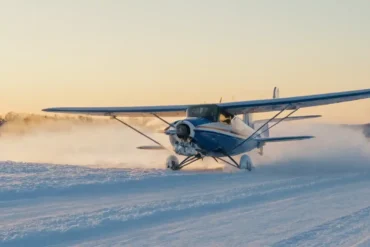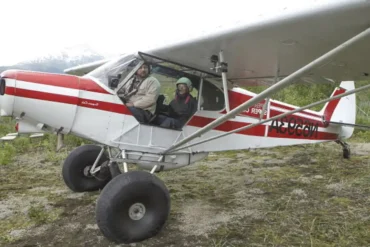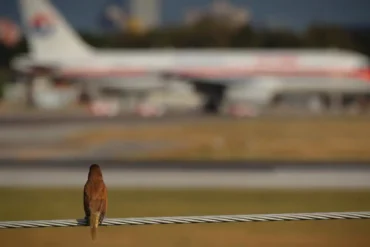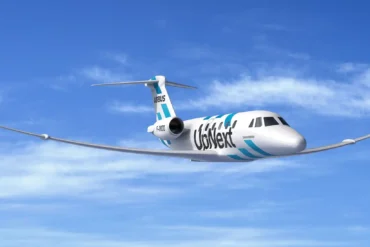Have you ever wondered why airplanes have such massive price tags compared to cars? Let’s break down the reasons behind the steep costs of aircraft manufacturing.
In short – Extensive research, rigorous safety testing, and intricate components drive up airplane prices.
What Factors Make Airplanes Costly to Produce?
For example, a Boeing 737-800 costs around $89 million. On the higher end, the Boeing 777-9 starts at $442 million.
Two major factors account for the high price tag – the complexity of the design and stringent testing requirements. Before manufacturing begins, engineers invest years refining and perfecting each aircraft’s design.
Once production starts, sourcing parts is crucial. Every single component, big and small, goes through exhaustive testing to meet exacting safety and quality standards. This meticulous testing significantly contributes to the overall cost.
Unlike car manufacturing, which has many suppliers, aircraft makers like Boeing and Airbus have a limited supplier pool. With fewer options for critical parts like engines and seats, these suppliers can charge a premium, further inflating costs. Boeing and Airbus rely heavily on a handful of suppliers for components.
Building an airplane is also incredibly time-consuming – around 9 to 12 months with thousands of workers across multiple facilities. The extensive labor required drives up the total cost dramatically.
Additionally, the lack of competition enables Boeing and Airbus to set higher prices since customers have few alternatives.
Why Does Private Air Travel Cost a Fortune?
Chartering private jets doesn’t come cheap either. Major expenses include ground services, fuel, maintenance, and hiring a pilot – all of which really add up.
What Makes Private Jets So Pricey?
When using a private jet, fees for handling and landing quietly accumulate, often exceeding $2,000 per trip. Owners also deal with other costs like insurance, upkeep, and incidentals, shooting hourly rates for some charters above $4,000.
The specific jet model also greatly impacts overall expense. Opting for a mid-size or super mid-size jet rockets costs way up compared to a lighter option like the Cessna Citation. A private flight on a Bombardier Learjet or Hawker Beechcraft may cost $5,000-$7,000 per hour.
Examining Airplane Expenses
Taking a closer look at aircraft expenses reveals the engine as one of the most expensive parts, with price tags in the millions for large passenger planes. For example, the 747-400 offers engine options ranging from $11 million up to $12.2 million.
Avionics, including cockpit controls and navigation systems, are also pricey. A basic GPS for a small plane costs around $20,000, while a full avionics suite for a 747 could top $100,000.
Even the windows and windshields carry significant costs. A single cockpit windshield runs over $26,000, and each window tacks on around $500.
Seating is another big-ticket item impacting passenger comfort. Economy seats cost $3,000-$5,000 each, while first-class may start around $60,000, sometimes exceeding $1 million.
In-flight entertainment systems with TVs, speakers and playback add more expense, ranging from the hundreds of thousands to millions. Manufacturers estimate around $10,000-$20,000 per seat. For a Boeing 747 with 366 seats, total entertainment costs could hit $3.6-$7.2 million.
To summarize estimated costs for a Boeing 747:
- In-flight entertainment: $20,000 per seat
- Cockpit windshield: $26,000
- Windows: $500 each
- Avionics: $100,000
- Economy seats: $10,000 each
- First class seats: $60,000 each
- Engines: $12.2 million each (x4 engines)
What’s the Real Cost of Owning a Single-Engine Plane?
Buying a used single-engine plane runs $15,000 to $100,000. The classic 1958 Cessna 150 is a lower-cost option around $15,000, making it popular among pilots.
But purchasing an airplane involves more than just the sticker price. Financing a plane can be trickier than a car, often requiring collateral or higher interest rates reflecting the greater financial risk.
What Other Expenses Do Small Plane Owners Face?
After purchase, owners continue to pay for housing, insurance, maintenance, and more. Average hangar fees run about $275 monthly, plus $100 for tiedown supplies like wheel chocks.
Annual inspections cost $600-$1,200 depending on location and plane type. Additional maintenance may also pop up during the year.
Fuel hovers around $5 per gallon, burning 5-10 gallons hourly, so owners pay $25-$50 per flight hour just on fuel.
Landing fees range from $100-$500, contributing $5,000-$10,000 yearly for active fliers visiting various airports.
How Does Flying Your Own Plane Compare Cost-Wise?
Piloting your own aircraft is often cheaper than chartering private jets. With fuel, insurance, and upkeep, analysts estimate pilots spend $150-$200 per flight hour – much less than alternatives.
Chartering a single-engine plane runs $500-$1,500 hourly – about 250% more than solo flight. Light jet charters cost $1,500-$3,000 per hour. Mid-size charters jump to $4,000-$8,000 hourly, while long-range jets run $8,500-$13,000 per hour.
While owning is cheaper long-term, high purchase costs of $15,000-$100,000 are a barrier to entry. Pilots must log many flight hours before breaking even against hiring an aircraft.
